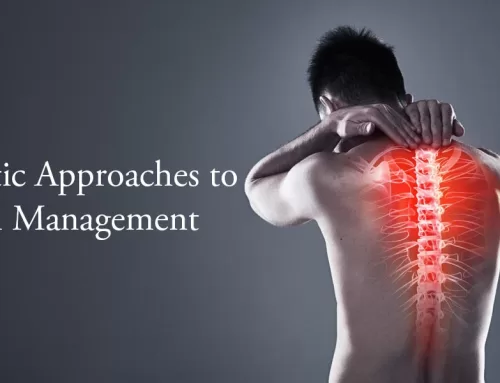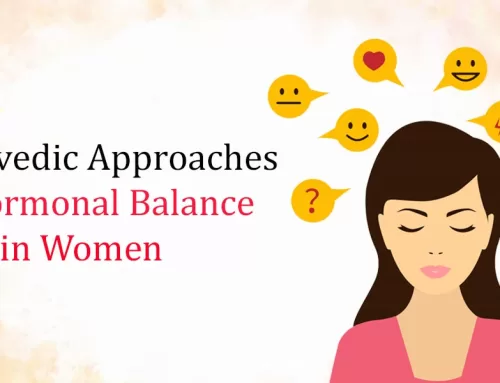The lower back of the human body
has marvellous strength and flexibility. It is also the reason behind many of our back problems. Several nerves run throughout your spine and into the rest of your body, thus a problem in your lower back can lead to pain in other parts of the human body. One can suffer from leg pain, hip problems, and more. Protecting your lower back involves taking measures to avoid direct injury, prevent indirect trauma, and control the progression of a problem that may have already occurred.
There is a long way in protecting and stabilizing your lower back. Strengthen your core muscles daily. There are many ways in which you can protect your spine. Strong and supportive muscles throughout the trunk of your body are essential to support your spine. Core-building exercises include low-impact cardiovascular exercise, such as normal or brisk walking, which helps increase blood flow to the spine and stretch your muscles. An adequate flow of blood supplies healing nutrients and hydration to the structures in your lower back.
Water therapy, provides a greater range of motion due to the buoyancy of the water, particularly for exercises that require lifting the legs. Water also provides resistance employing gentle friction, allowing the strengthening and conditioning of an injured muscle. Water therapy is optimal for people who have chronic back pain and find it too painful to exercise without the supportive effect of water. Exercise ball workouts, such as sitting on the ball intermittently for about twenty to thirty or using the ball for stretches and exercises that engage your core muscles.
If exercise seems difficult or impossible to you, make small goals to slowly get yourself moving, such as going up and down your stairs 3 times in a row or walking in a park with a friend. Consider engaging a physical therapist or other qualified health practitioners to help you get started and provide correct guidance on how to safely exercise.
Slouching forward while working at a desk places excessive pressure on the discs in your lower back and can cause problems, such as disc degeneration to occur or further deteriorate. Support the natural curve in your lower spine by using an ergonomic chair that helps you align and support your back and thighs correctly. Using a stand-up desk, if possible for at least part of the day.
Lifting is a common cause of lower back pain. Common everyday activities, such as unloading grocery bags from the car or lifting your young child, can lead to lower back problems. Lifting with your back bent, or lifting while twisting, may cause a sudden injury to your lower back or repetitive injury over some time, leading to chronic tissue damage. Bend at your knees, not at your lower back; a completely flexed back can be highly susceptible to a ligament and/or disc injury. Pivot your feet and hips, rather than twisting your lower back. Hold the object close to your chest while straightening your spine.
Lower back pain is directly impacted by your overall health. When you improve your overall physical fitness and general health, it will benefit your lower back. Some simple measures can help prevent the development, chronicity, or flaring of your lower back pain, such as staying active, drinking lots of water, minimizing the consumption of alcohol, getting enough deep, restorative sleep, following an anti-inflammatory diet, avoiding smoking and any form of nicotine intake and managing mental and psychological stress by participating in related therapies.
The damage to any single tissue can lead to biomechanical changes that progressively affects the other structures. The effects may cause pain in your lower back, hip, and/or leg(s). Incorporate these tips and techniques in your daily activities to help prevent or minimize the development of new problems.








[…] neurosurgeons are trained in all aspects of neurosurgery, including the cerebrovascular system, the spine and spinal cord, trauma, tumours, pain management and paediatric […]
This Article Is Good!
[…] or Kundalini energy. It is believed that this spiritual energy is situated at the base of your spine. Yash Birla, who is known for adapting yoga in his daily life, says that being in alignment with […]